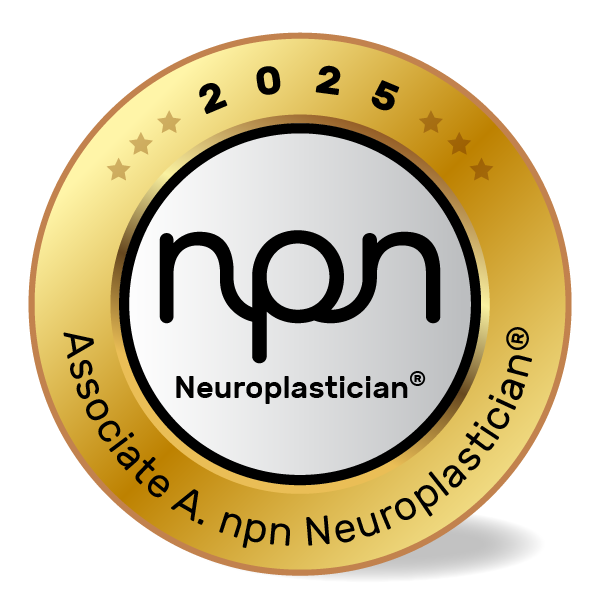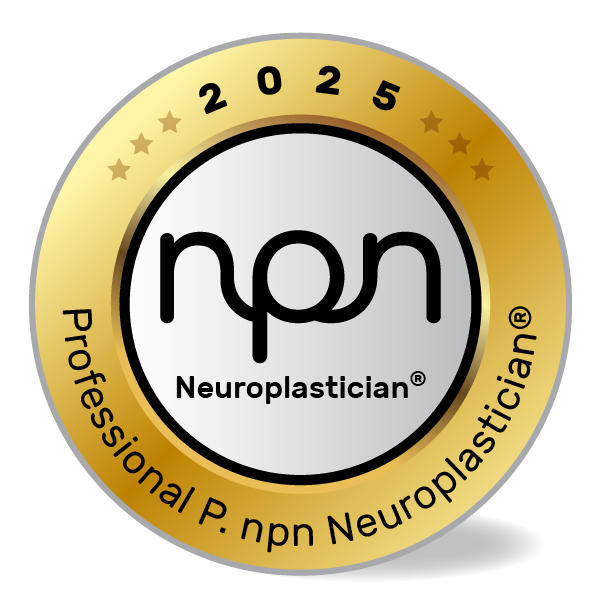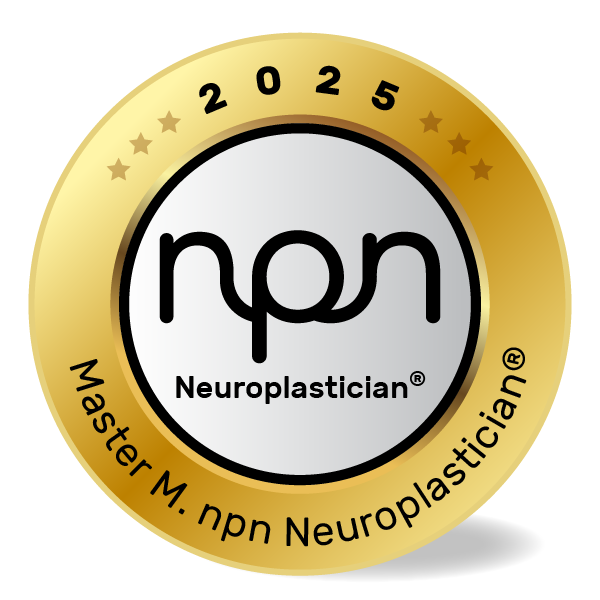Unlocking Brain-Based Behaviors That Enable Transformational Leadership in the 21st Century
npnHub Editorial Member: Kim Goodwin curated this blog
Key Points
- Neuropsychology reveals how effective leadership depends on brain regions like the prefrontal cortex and anterior cingulate cortex.
- Self-awareness, empathy, and emotional regulation are neurobiologically grounded leadership skills.
- Understanding cognitive load and threat responses improves decision-making and communication.
- Practical strategies based on brain science enhance coaching, team cohesion, and psychological safety.
- Leadership habits can be reshaped through neuroplasticity and consistent behavioral feedback.
1. What is Neuropsychological Leadership?
During a leadership retreat, a coach observed a curious pattern. While discussing a recent crisis, one executive remained composed and reflective, while another became visibly agitated and defensive. Instead of labeling one as “better,” the coach considered the neural underpinnings: how each leader’s brain processed stress, emotion, and uncertainty differently. This helped frame the coaching around brain-based self-awareness rather than personality judgments.
This example, while fictional, illustrates how neuropsychology offers a powerful lens for understanding leadership behavior – not as fixed traits but as adaptive brain functions.
Neuropsychological leadership explores how brain mechanisms shape core leadership behaviors: decision-making, emotional regulation, communication, and adaptability. Rooted in the work of scholars like Dr. Richard Boyatzis at Case Western Reserve University and research from Harvard’s Brain Science Initiative, this field emphasizes that leadership capacity can be cultivated through targeted cognitive and emotional training Harvard Center on the Developing Child.
Scientific studies show that leaders who understand how their brains respond to stress, feedback, and ambiguity are better equipped to lead resilient, empathetic teams Google Scholar.
2. The Neuroscience of Leadership
Imagine a well-being consultant working with two team leaders in a fast-paced startup. One constantly micromanaged due to a need for control. The other delegated freely but was often unaware of team burnout. The consultant knew both behaviors stemmed from different neural wiring, particularly in how their prefrontal cortex and amygdala systems handled uncertainty.
Again, this story is illustrative, not clinical.
Neuroscience tells us that the prefrontal cortex – responsible for planning, inhibition, and flexible thinking – plays a central role in effective leadership. When functioning optimally, it helps leaders pause before reacting, assess multiple perspectives, and regulate impulses. However, under threat (e.g., stress, conflict), the amygdala can override rational processes, leading to reactive or defensive behaviors – a phenomenon called “amygdala hijack,” described by Daniel Goleman.
Dr. Jeffrey Schwartz at UCLA highlights that neuroplasticity enables leaders to retrain their brains by shifting attention and intention, creating new circuits for more adaptive leadership behavior UCLAHealth.
Key brain regions involved in leadership:
- Prefrontal Cortex: planning, foresight, empathy
- Anterior Cingulate Cortex: error detection, emotional conflict regulation
- Insula: emotional awareness
- Amygdala: threat detection and emotional memory
3. What Neuroscience Practitioners, Neuroplasticians and Well-being Professionals Should Know About Leadership
A neurocoach noticed that her client, a CEO, would shut down during team disagreements. By exploring the underlying brain response, they discovered a childhood pattern where conflict triggered limbic activation – fight or flight. Coaching shifted from “managing behavior” to helping the client rewire the response itself.
Professionals must grasp that many leadership challenges are not about skills but about neural wiring shaped by years of repetition. Addressing these patterns means working with, not against, the brain.
Yet, myths persist:
- Myth: Leaders are born, not made.
- Fact: Brain science confirms leadership is malleable and trainable via neuroplasticityForbes.
- Myth: High stress sharpens leadership.
- Fact: Chronic stress impairs prefrontal function, reducing empathy and decision quality NIH Research.
- Myth: Emotional intelligence is just soft skills.
- Fact: EI involves complex brain systems and improves with targeted practice [Goleman, 2006].
Frequently asked questions:
- How do I rewire reactive leadership patterns?
- Can emotional regulation be trained neurobiologically?
- How does cognitive fatigue affect strategic decision-making?
Understanding these truths helps professionals create more grounded, brain-aligned leadership pathways. Understanding and integrating emotional intelligence via the EQ-i framework offers a scientifically grounded, neurologically supported pathway to leadership. Leaders who align with their emotional truths – and develop competencies across EQ-i domains – are more likely to exhibit resilience, clarity, empathy, and integrity.
4. How Leadership Affects Neuroplasticity
Every leadership behavior – whether pausing before reacting or listening deeply – strengthens specific neural pathways. Repetition embeds those circuits through long-term potentiation, while neglect weakens them. For instance, consistently reflecting before speaking activates the medial prefrontal cortex, which over time improves self-regulation.
Studies by Dr. Michael Merzenich show that consistent mindfulness or metacognitive strategies enhance frontal lobe activity and executive function. Leaders who engage in coaching, feedback loops, and reflective journaling literally reshape their brains to lead with greater empathy, foresight, and adaptability [Merzenich, 2013].
This adaptive capacity is the essence of neuroplastic leadership, where growth is intentional, not accidental.
5. Neuroscience-Backed Interventions to Improve Leadership
Why Behavioral Interventions Matter
Leadership is not a fixed trait – it’s a dynamic pattern of neural activity. But without deliberate strategies, leaders often default to reactive, inefficient behaviors. Coaches, educators, and well-being professionals can use brain-based interventions to help leaders rewire and realign their habits.
1. The Pause Practice
Concept: Pausing before responding activates the prefrontal cortex and inhibits amygdala reactivity (Goleman, 2011).
Example: A coach teaches an executive to take a single deep breath before replying to tough feedback.
✅ Action:
- Introduce micro-pauses (3–5 seconds) before decision-making.
- Use breath cues to anchor awareness.
- Reinforce pauses through reflective journaling or coaching debriefs.
Read more on cognitive pause techniques
2. Threat Reappraisal
Concept: Cognitive reappraisal activates the anterior cingulate cortex and reduces limbic arousal (NIH Study).
Example: A leader learns to reinterpret a challenging conversation as an opportunity rather than a threat.
✅ Action:
- Label the emotion without judgment.
- Reframe threats as growth challenges.
- Practice through scenario simulation.
NIH Emotional Regulation Research
3. Empathy Circuit Training
Concept: Empathy strengthens connections between the medial prefrontal cortex and insula (Baron-Cohen et al.).
Example: A manager builds empathy by writing letters from their team members’ perspective.
✅ Action:
- Use guided empathy journaling.
- Role-play team dynamics in coaching.
- Reflect on decisions’ impact from diverse viewpoints.
4. Feedback Integration
Concept: Feedback processing activates reward pathways and supports learning plasticity (David Rock, SCARF model).
Example: Leaders create a system for soliciting monthly anonymous team feedback.
✅ Action:
- Implement structured feedback rituals.
- Reward self-insight and transparency.
- Debrief feedback in safe, non-judgmental settings.
6. Key Takeaways
Neuropsychology doesn’t just explain leadership, it transforms it. By understanding the brain’s role in behavior, professionals can help leaders evolve more effectively, compassionately, and resiliently. This means more inclusive, emotionally intelligent, and cognitively agile leadership cultures.
🔹 Leadership behaviors are shaped by brain regions like the prefrontal cortex and amygdala.
🔹 Neuroplasticity allows these behaviors to change with practice and intention.
🔹 Coaches and practitioners can use neuroscience to build stronger, more adaptive leaders.
🔹 Emotional intelligence, decision-making, and stress regulation are all trainable through brain-based interventions.
7. References
- Boyatzis, R. E., & McKee, A. (2006). Resonant Leadership. Harvard Business Review Press.
- Goleman, D. (2011). The Brain and Emotional Intelligence. More Than Sound.
- Schwartz, J. M., & Begley, S. (2002). The Mind and the Brain. HarperCollins.
- Merzenich, M. (2013). Soft-Wired: How the New Science of Brain Plasticity Can Change Your Life. Parnassus.
- Harvard Center on the Developing Child. Link
- PubMed Research on Amygdala Regulation. Link















